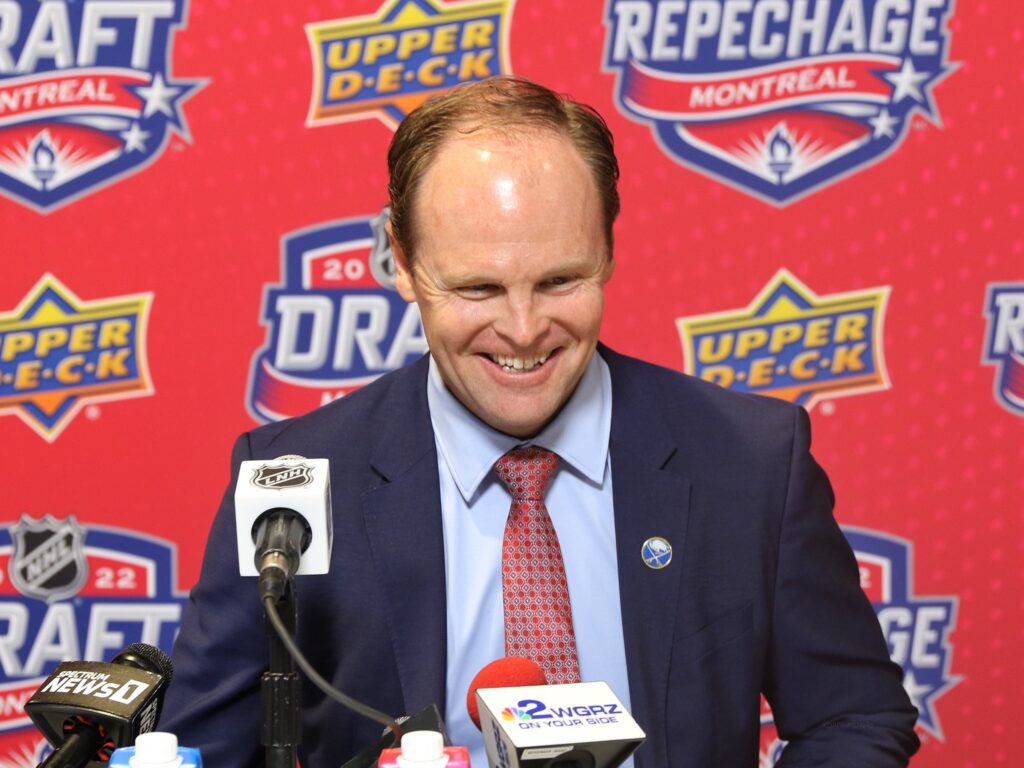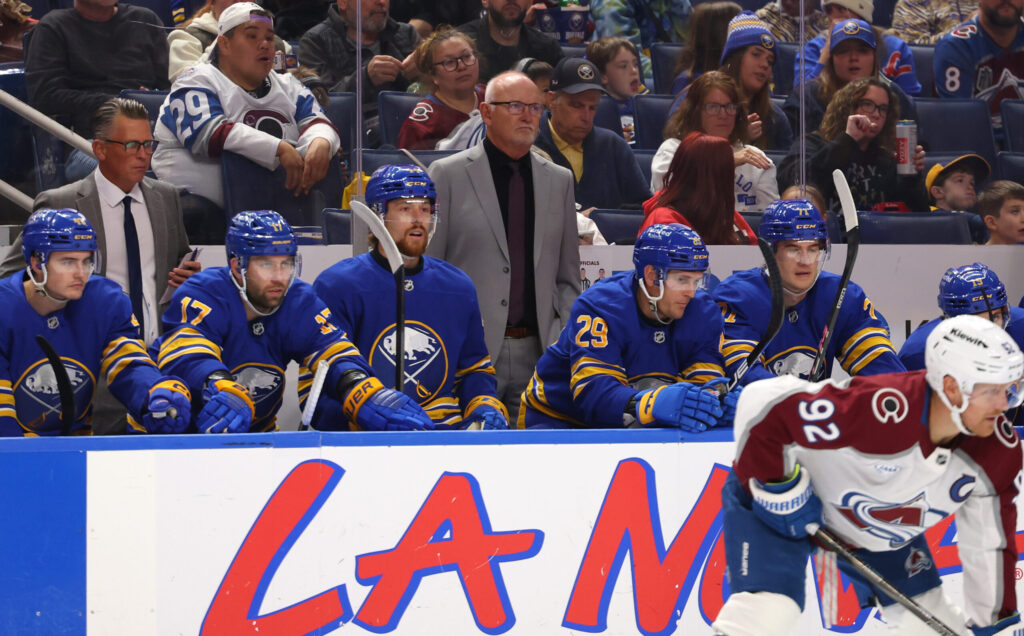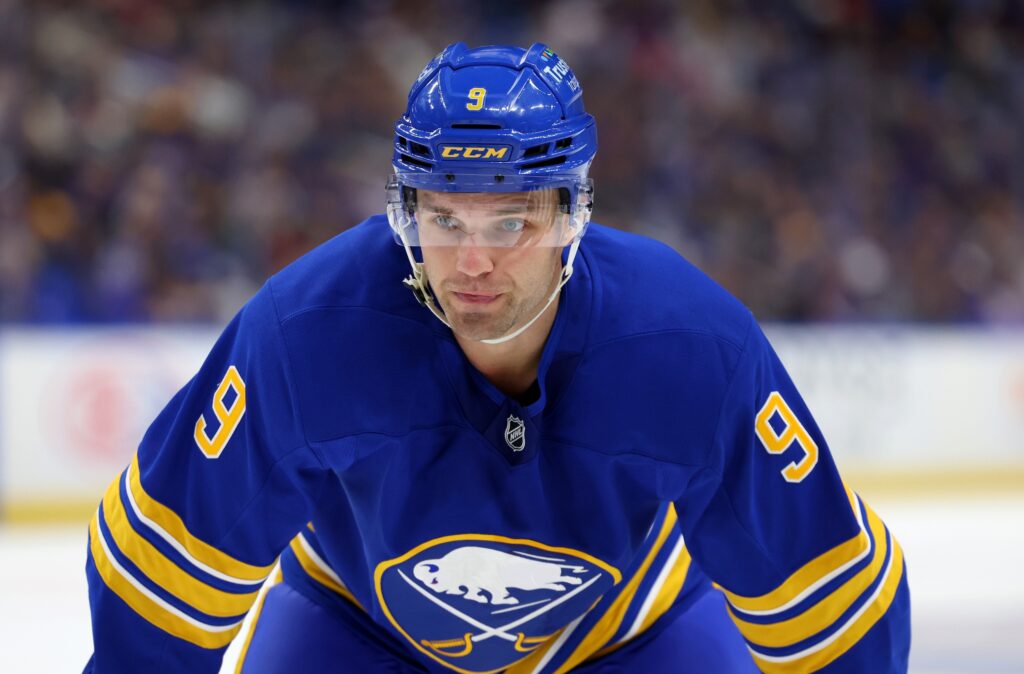The Buffalo Sabres’ 2025-26 season was supposed to begin with a clean slate, a renewed sense of purpose under Lindy Ruff, and the full-time debut of a high-ceiling center in Josh Norris. One game in, that optimism has been violently checked by a familiar, frustrating reality. Norris is down, again, and the ripple effects are already testing the very fabric of this team’s roster, management, and long-term strategy.
The Inauspicious Incident
It wasn’t a thunderous hit or a twisted fall in the corner that sidelined the Sabres’ planned first-line center. It was a seemingly innocuous neutral-zone faceoff late in the third period of Thursday’s season opener against the New York Rangers. With no discernible contact, Norris crumpled to the ice in immediate and obvious pain. The sight of him struggling to get to the bench was a gut punch to a fanbase that has seen this script play out too many times.
The initial prognosis from the organization was predictably vague but ominous. Coach Lindy Ruff confirmed Norris would “miss a significant amount of time.” That timeline was given sharper, more painful focus by NHL insider Elliotte Friedman, who reported Norris is expected to be sidelined for “8 weeks at least.” Ruff later acknowledged that timeline was “probably pretty close,” placing a potential return somewhere around the first week of December. If that holds, the Sabres will be without their top center for over 25 games.
For what it’s worth, Ruff clarified that this new upper-body injury is unrelated to the chronic shoulder issues that have plagued Norris’s career. While a second opinion is being sought, the current belief is that surgery will not be required. It’s cold comfort for a player and a team desperate for a stretch of good health.
The Gamble and the Ghost of a Trade
This latest injury is particularly exasperating because of the context surrounding Norris’s arrival in Buffalo. General Manager Kevyn Adams made a significant bet when he acquired the center from the Ottawa Senators near last season’s trade deadline. The move was widely criticized at the time, not because of Norris’s talent—a 30-goal season is on his resume—but because of his profound inability to stay on the ice.

Adams gambled that a change of scenery and a full summer of training could unlock the potential of a healthy Norris. The early returns in the preseason were tantalizingly positive. He looked dynamic, skating with power and purpose, and finished the exhibition schedule tied with teammate Tage Thompson for the league lead in points with seven. The bet, it seemed, might just pay off.
Now, the reality is stark. Norris has appeared in a grand total of four games for the Buffalo Sabres. He suffered a season-ending oblique injury just three games into his tenure last year, and now this. The contrast with the player sent to Ottawa in that deal, Dylan Cozens, is brutal. Since the trade, Cozens has suited up for 23 games for the Senators. The optics are, to put it mildly, not great, and whispers calling the trade a “steal” for Ottawa are growing louder.
Also on the EDGE – Signal or Noise? First Impressions from the NHL’s Wild Opening Week
Scrambling the Lines
On the ice, the immediate fallout is a lineup thrown into disarray. Norris was slotted into the crucial first-line center role, tasked with driving a line between Zach Benson and Tage Thompson. His absence blows a hole in the top six that Ruff must now patch with less-than-ideal materials, a task complicated by the fact that the team is already nursing injuries to Owen Power, Michael Kesselring, and goaltender Ukko-Pekka Luukkonen.

The team’s center depth, a point of concern even at full strength, is now stretched to its breaking point. The current alignment speaks volumes:
- Second-year forward Jiri Kulich, a promising player but one with limited NHL experience, is thrust into the 1C position.
- Ryan McLeod slots in as the second-line center.
- Peyton Krebs, who has struggled to consistently define his role even as a fourth-liner, is now elevated to the third-line center spot.
This is not a recipe for sustained success. Asking fourth-line players to suddenly take on top-six responsibilities is a monumental challenge, and the pressure on the rest of the forward group to over-perform has increased exponentially. The organization may soon have to look to its prospect pool, with names like the offensively gifted Konsta Helenius or the more defensively responsible Noah Ostlund potentially entering the conversation sooner than anticipated.
Pressure Mounts in the Executive Suite
While Lindy Ruff grapples with the nightly lineup card, Kevyn Adams faces a different, more strategic kind of pressure. The Norris trade was a signature move, and its failure to yield any meaningful results thus far puts his decision-making directly under the microscope. Every game Cozens plays for Ottawa is an implicit critique of the trade.
Beyond the trade itself, the Norris injury amplifies the urgency of another critical piece of business: the contract extension for impending UFA forward Alex Tuch. With a major offensive piece removed from the lineup for the foreseeable future, Tuch’s role as a scorer and a leader becomes paramount. He is, as one source noted, “more important than ever.”
The Sabres cannot afford a protracted negotiation with a player of Tuch’s caliber and importance, especially now. The longer he remains unsigned, the worse the optics become for a front office already facing criticism. The speculation is already beginning: if a deal isn’t reached by the season’s halfway point, the possibility of trading Tuch rather than losing him for nothing will inevitably become a topic of discussion.
For now, the Sabres are left to pick up the pieces. A season that started with measured optimism has been immediately thrown into a state of flux. This isn’t just about losing one player; it’s about a calculated risk backfiring in spectacular fashion, forcing young players into oversized roles, and intensifying the pressure on a front office to secure its remaining core assets. The next two months will be a significant test of this organization’s resilience and depth.
Created with the aid of Gemini AI
